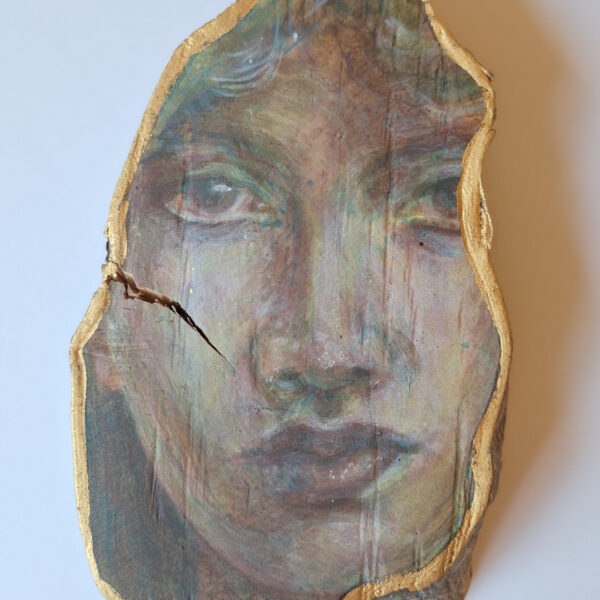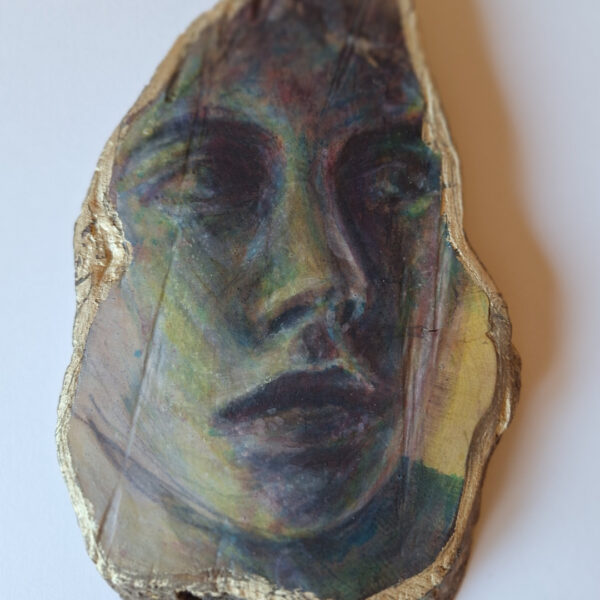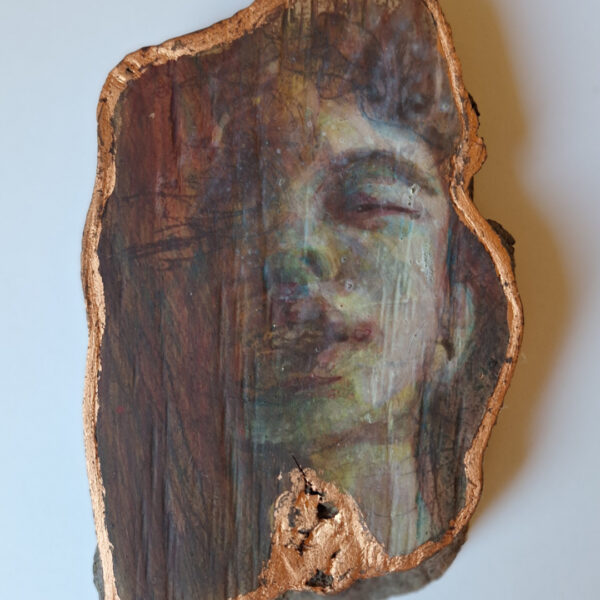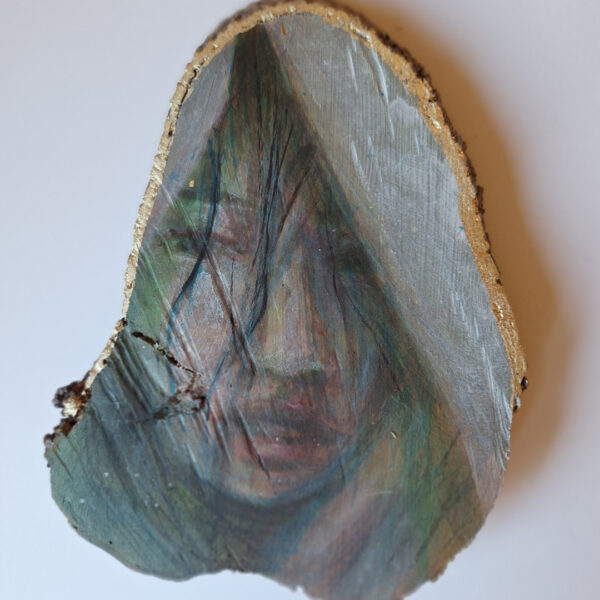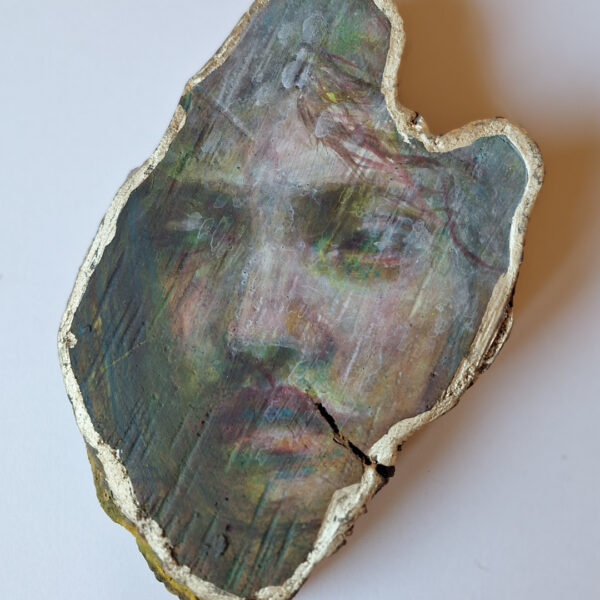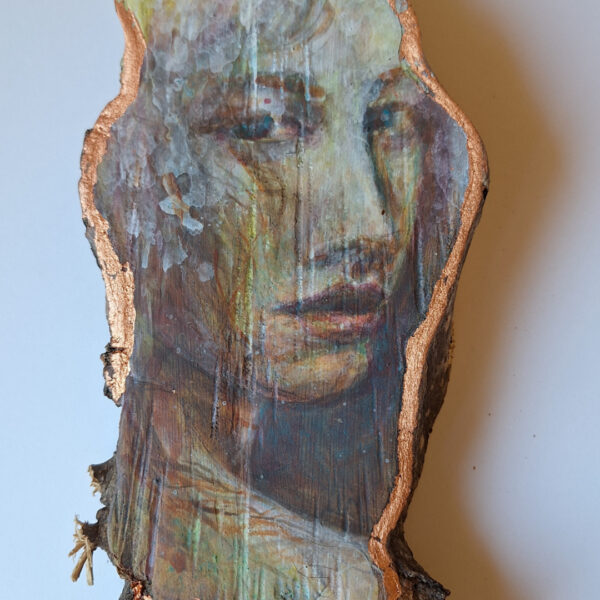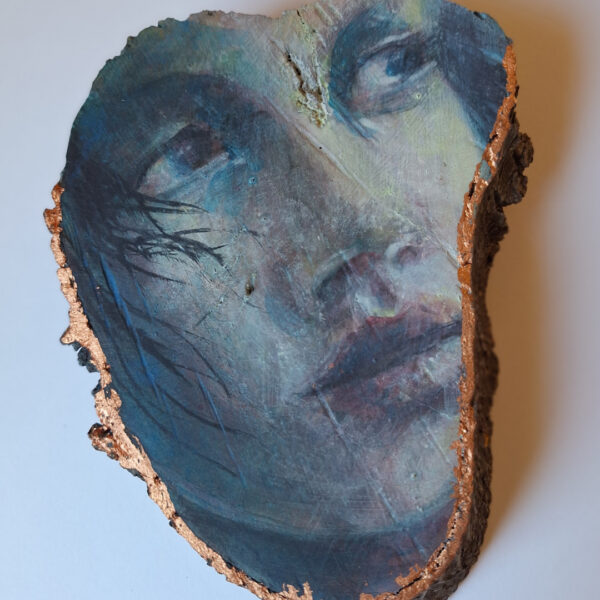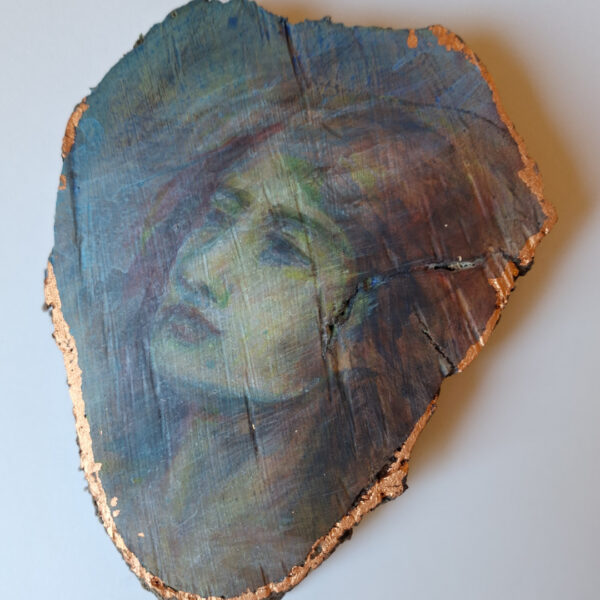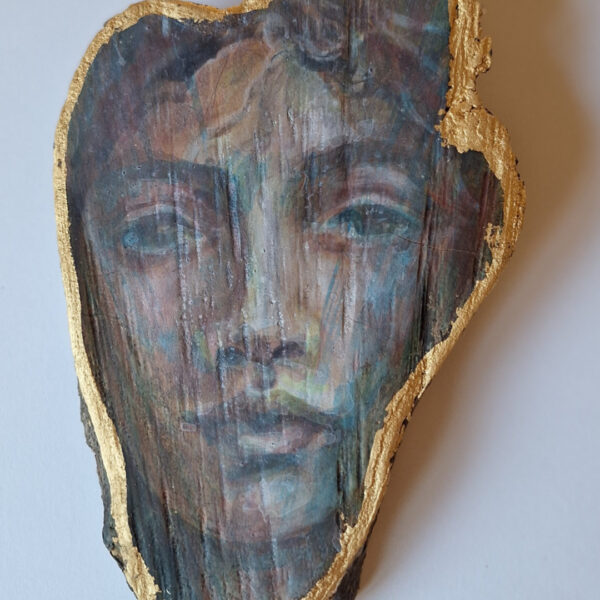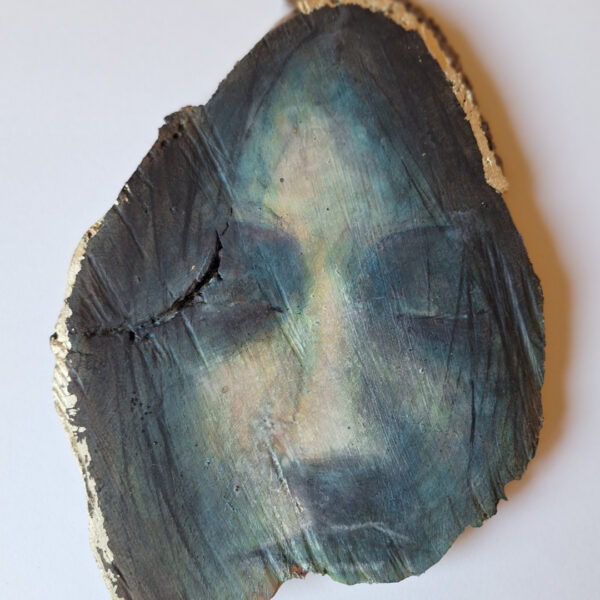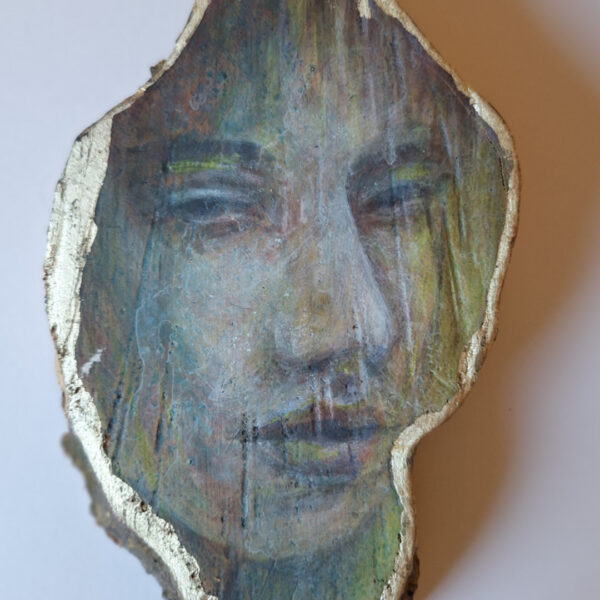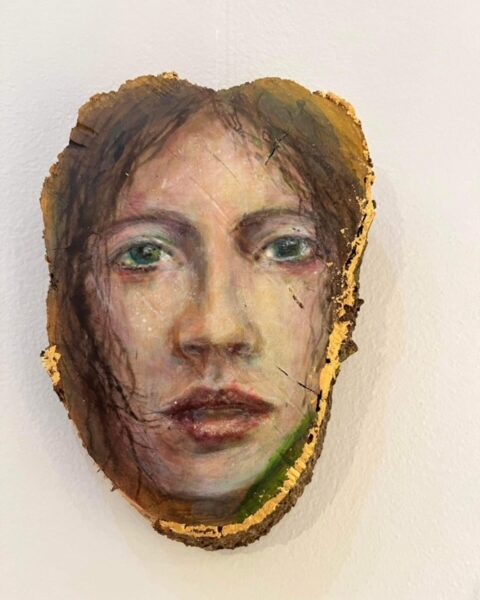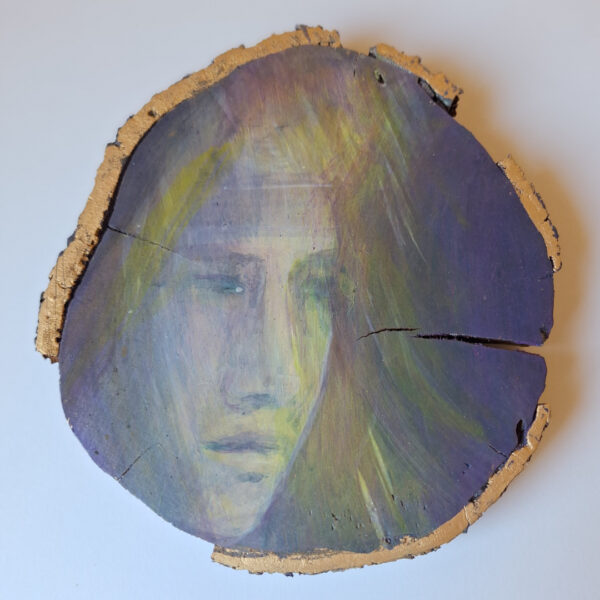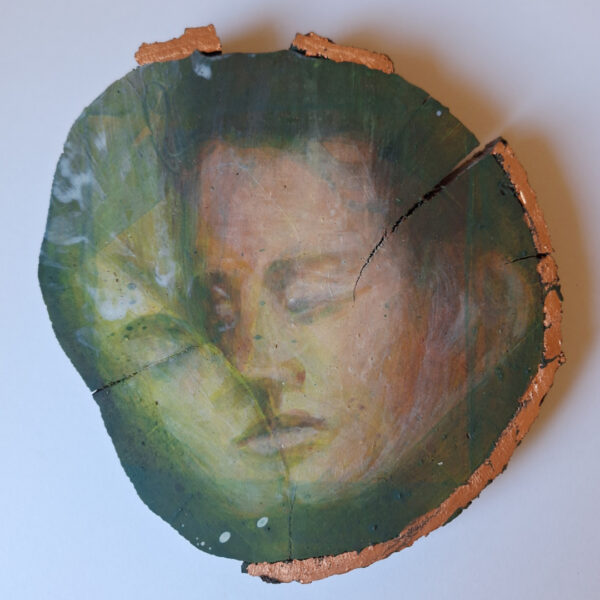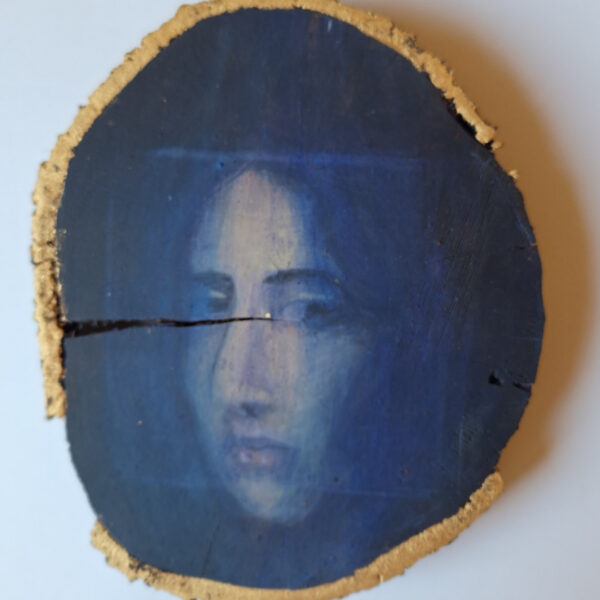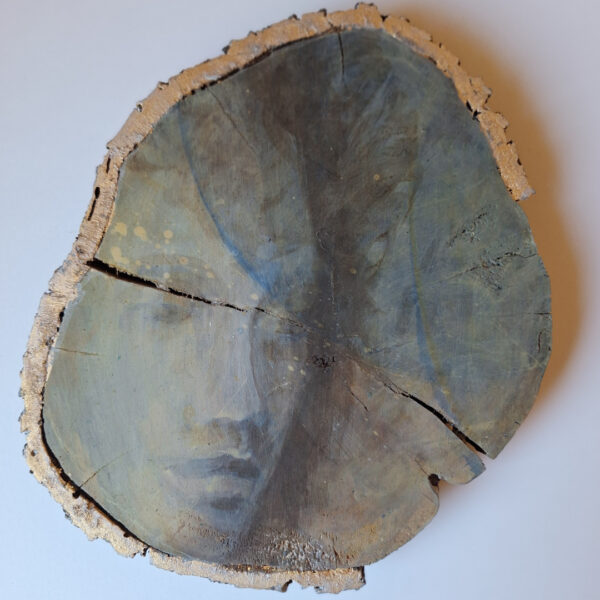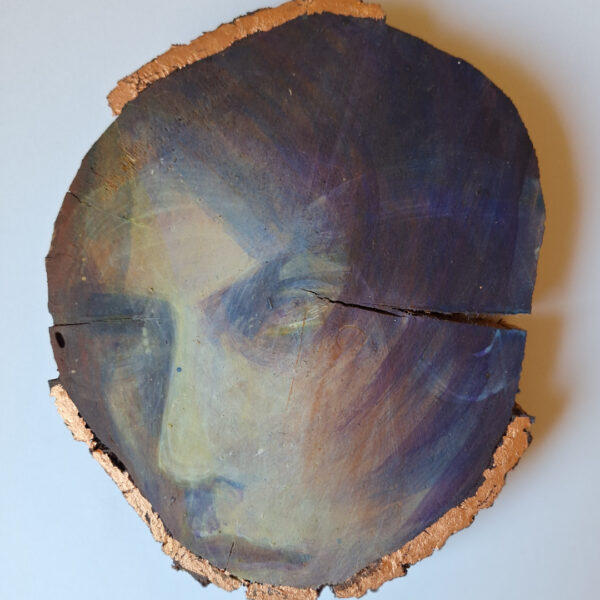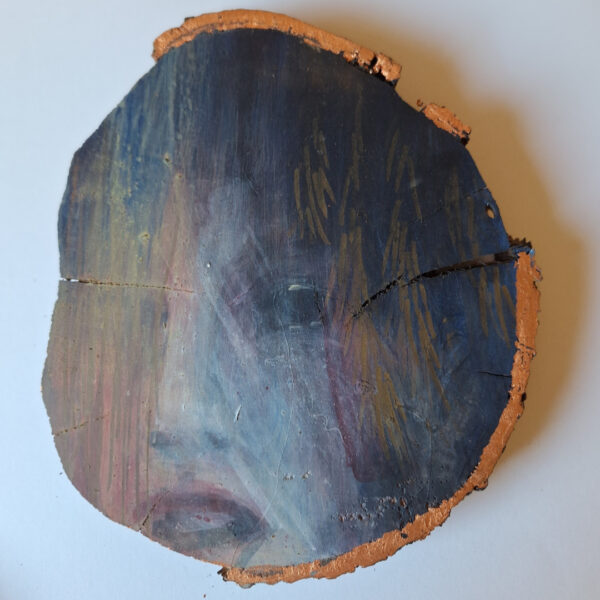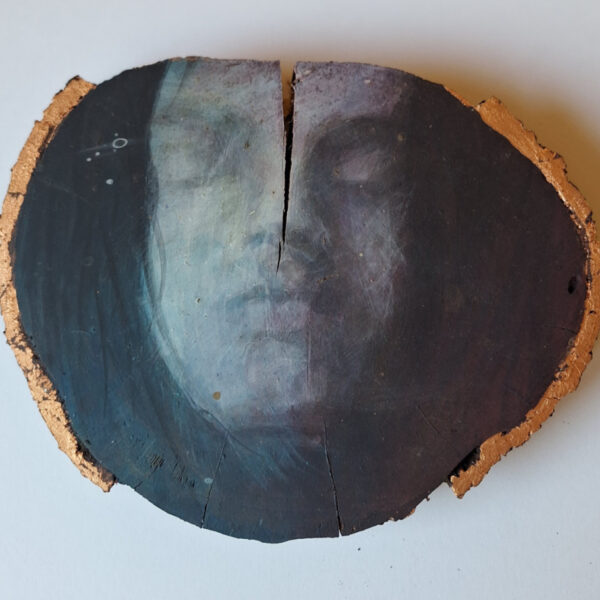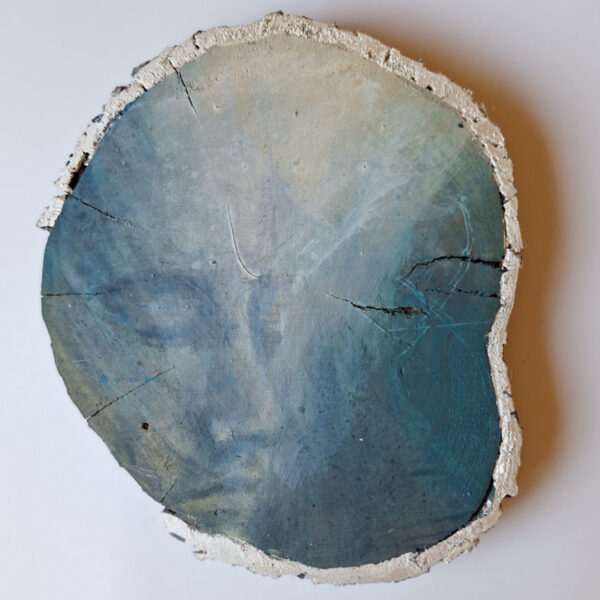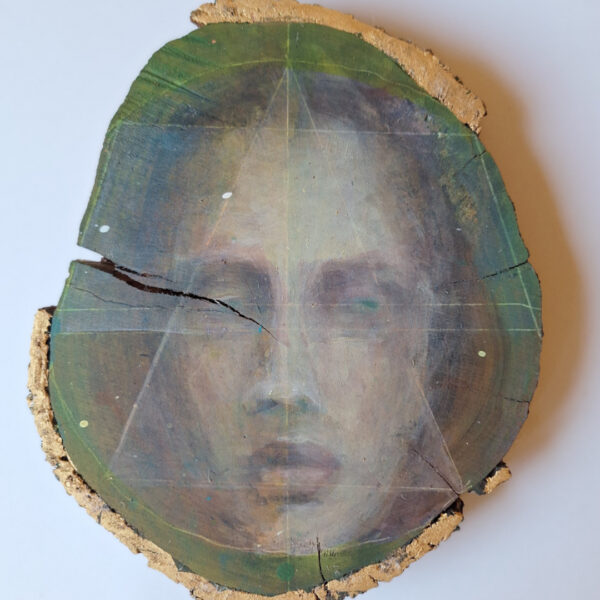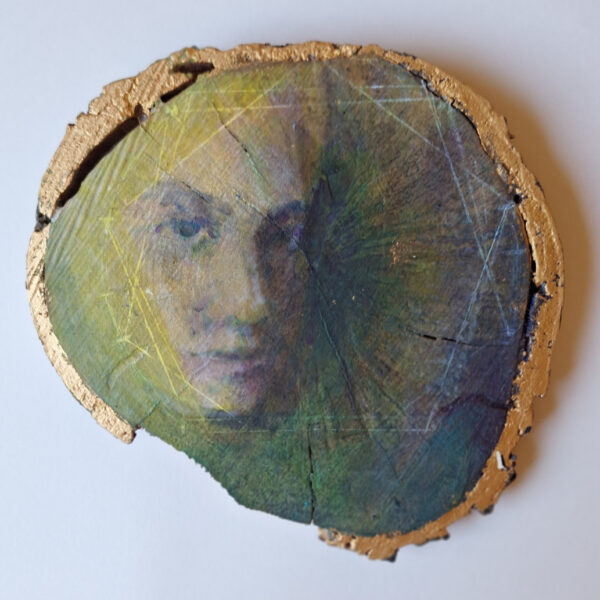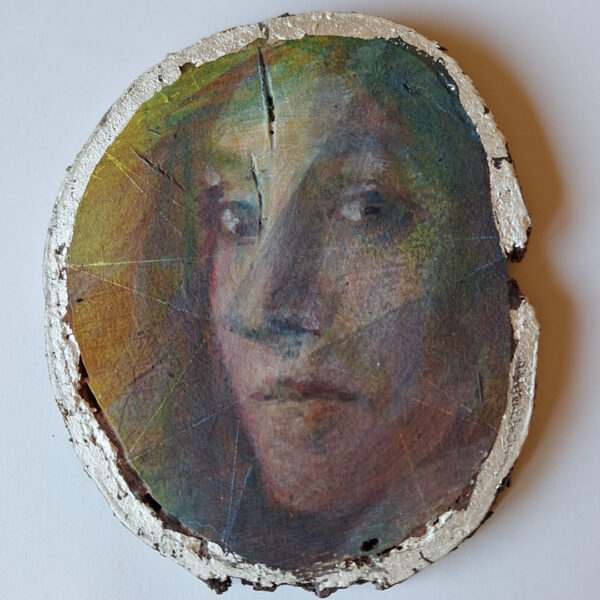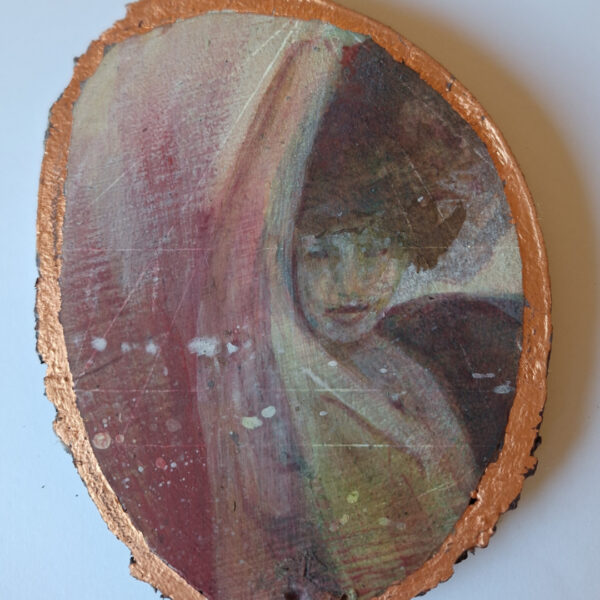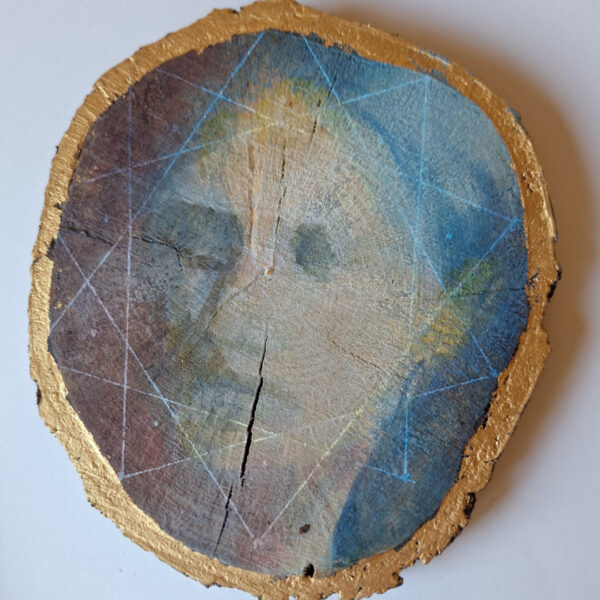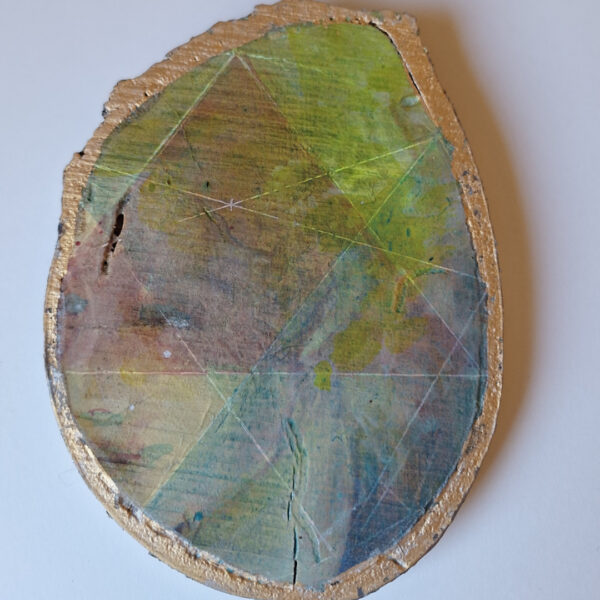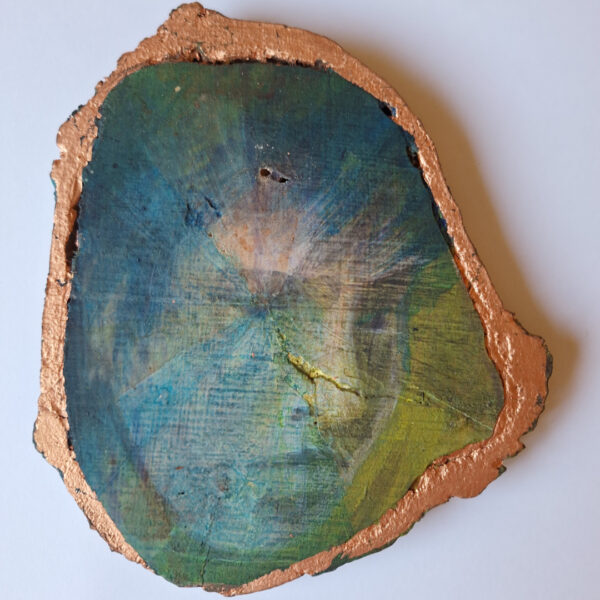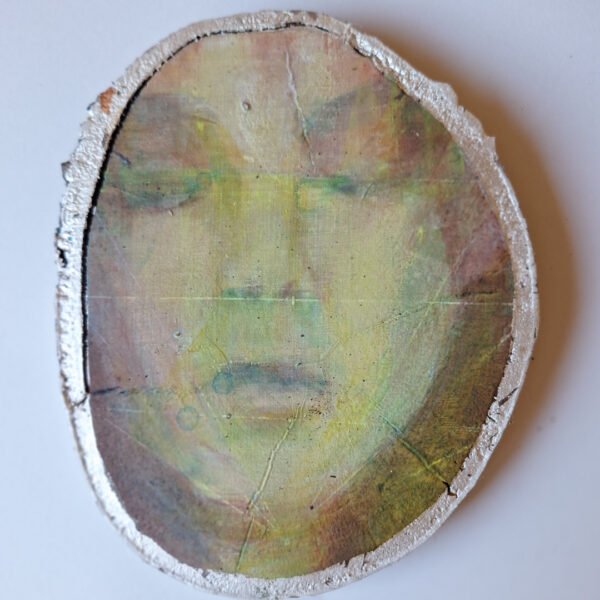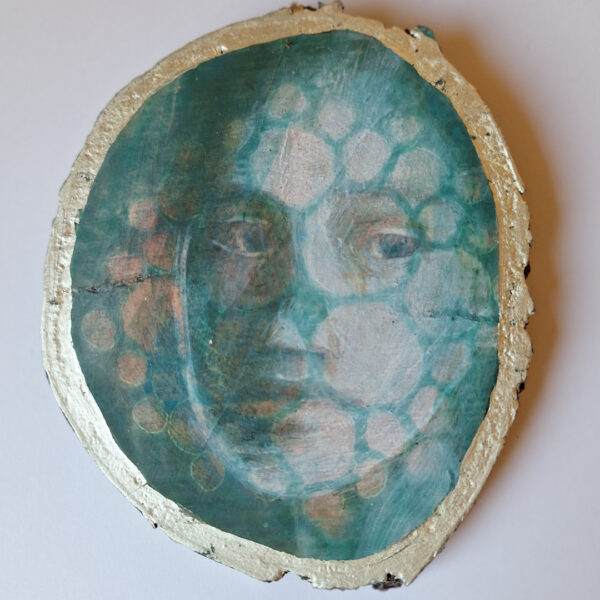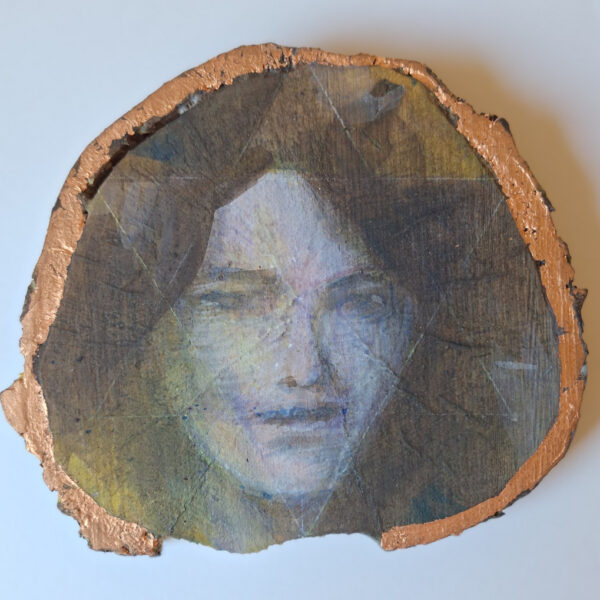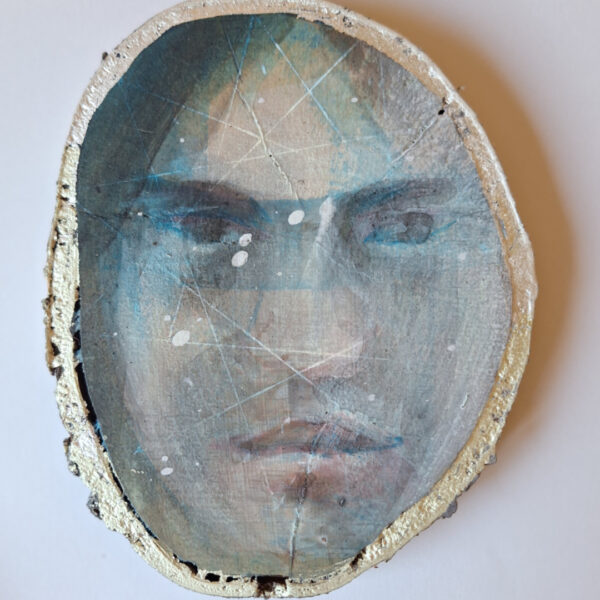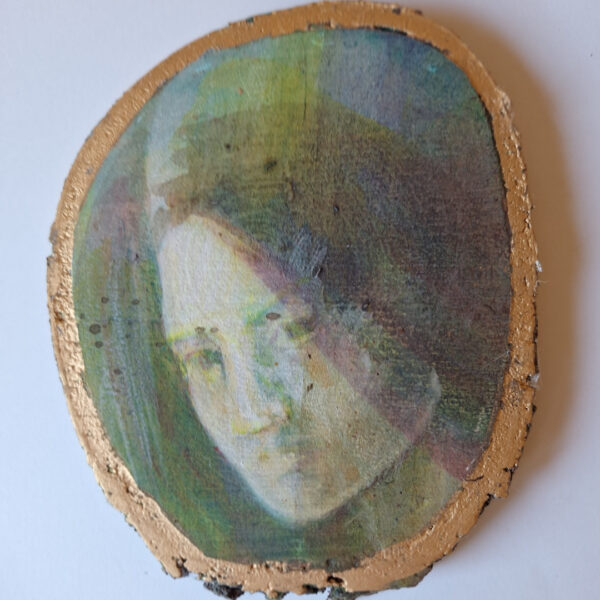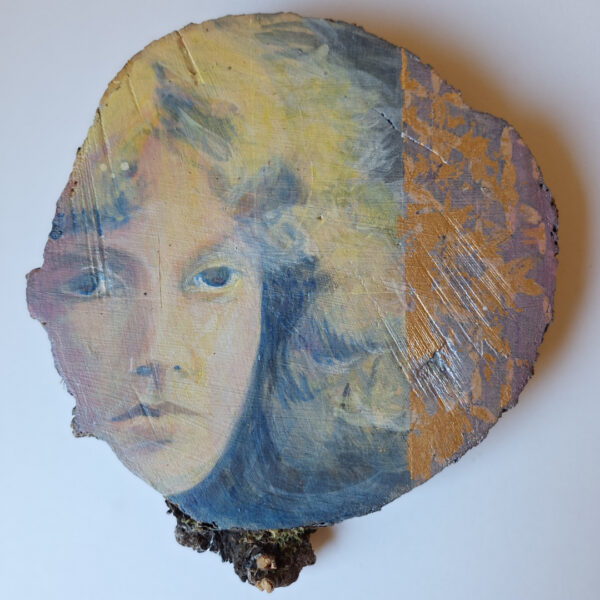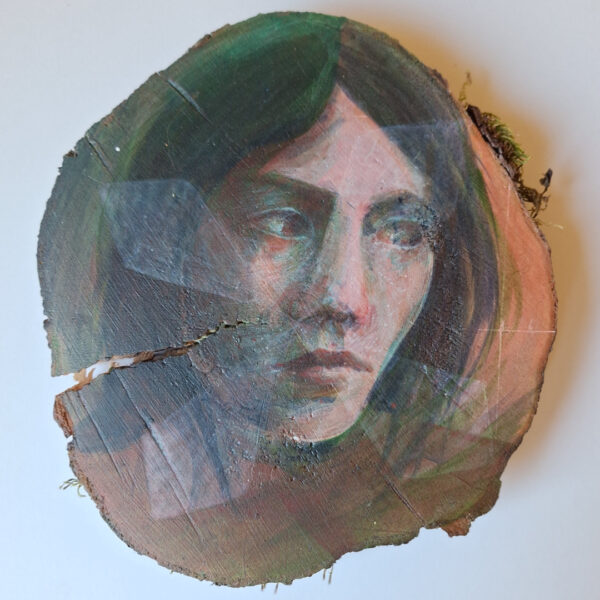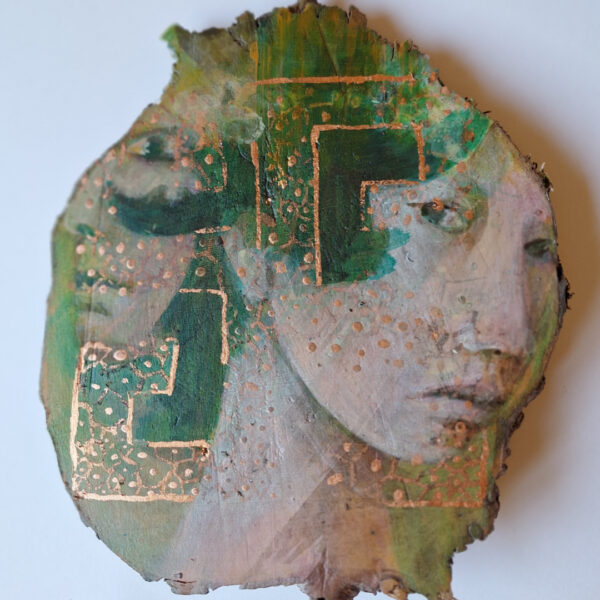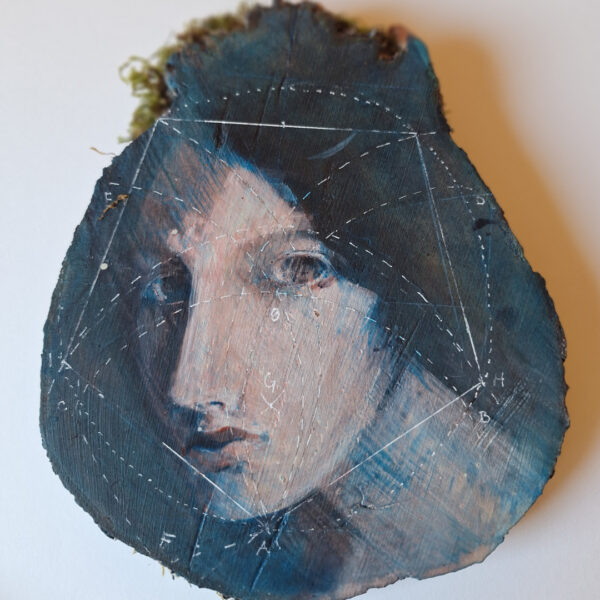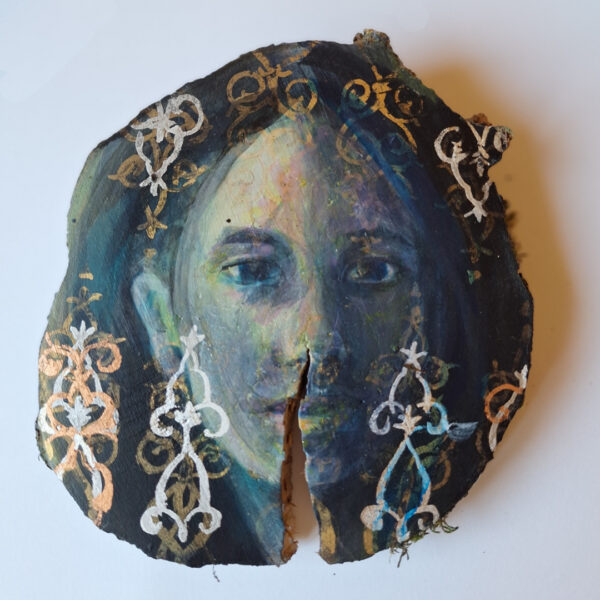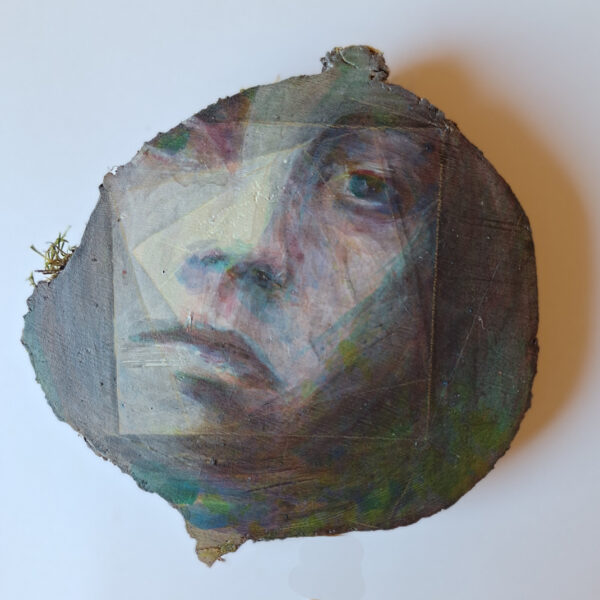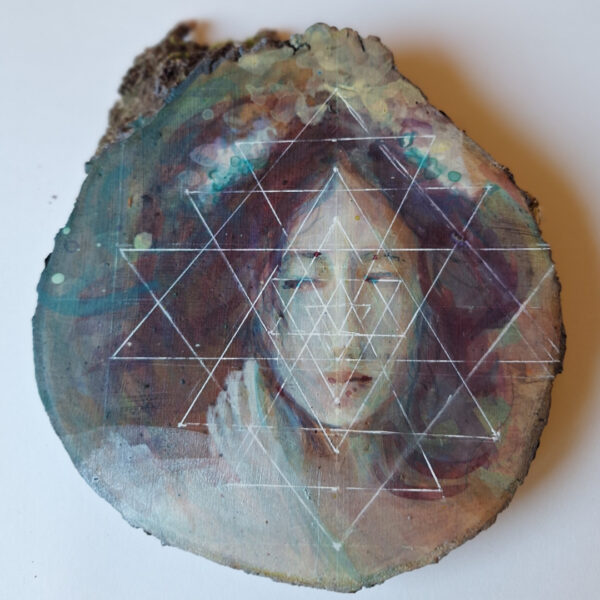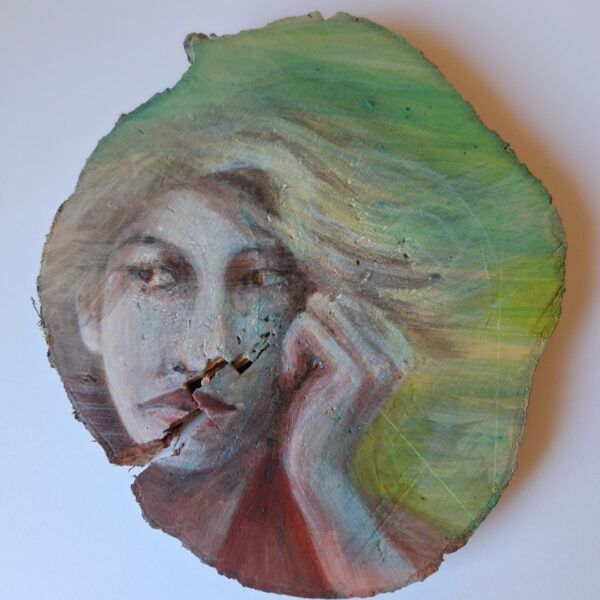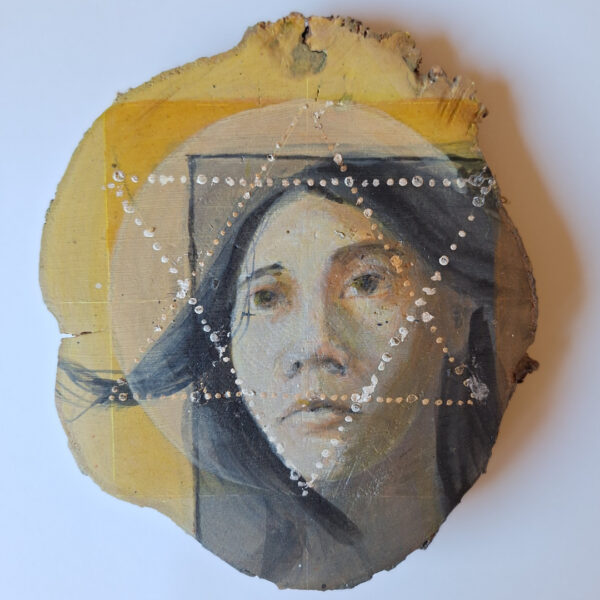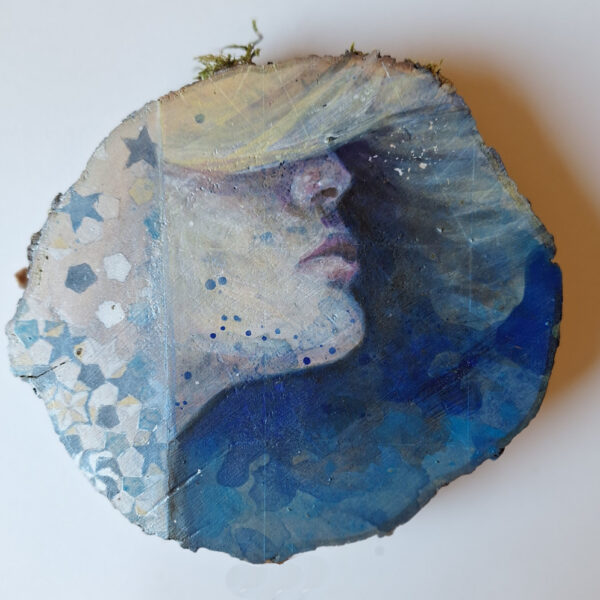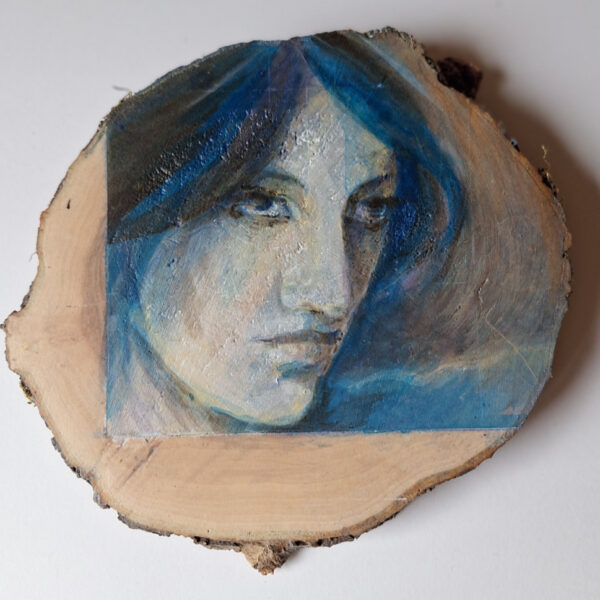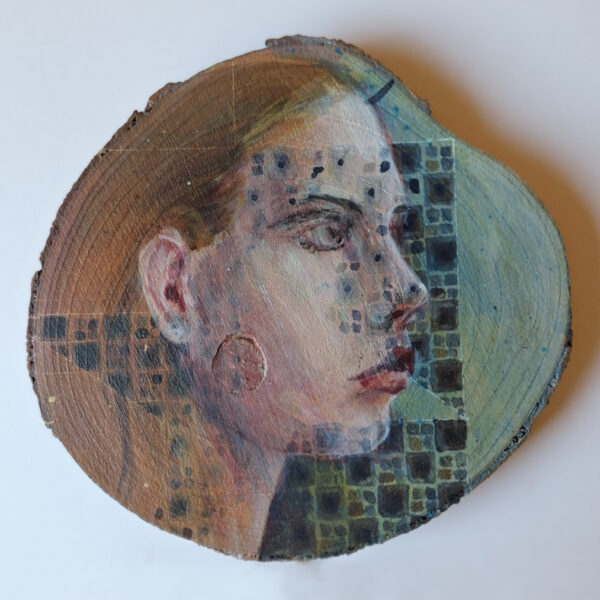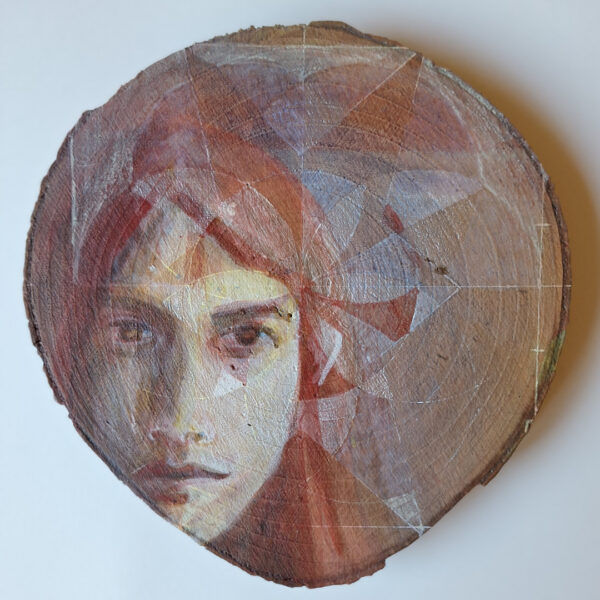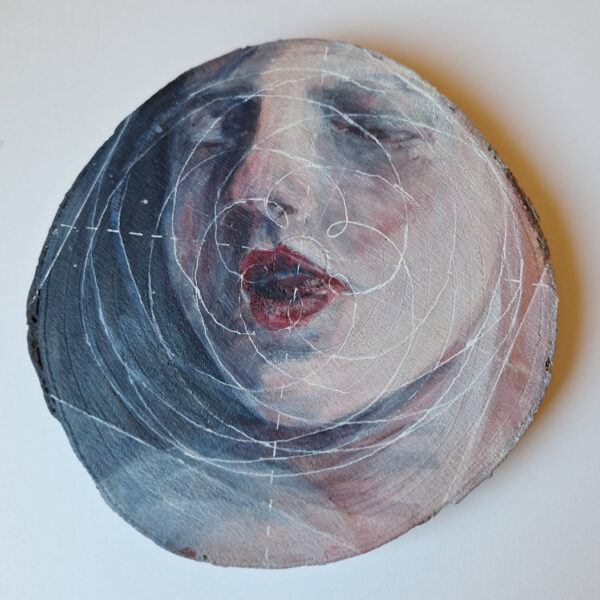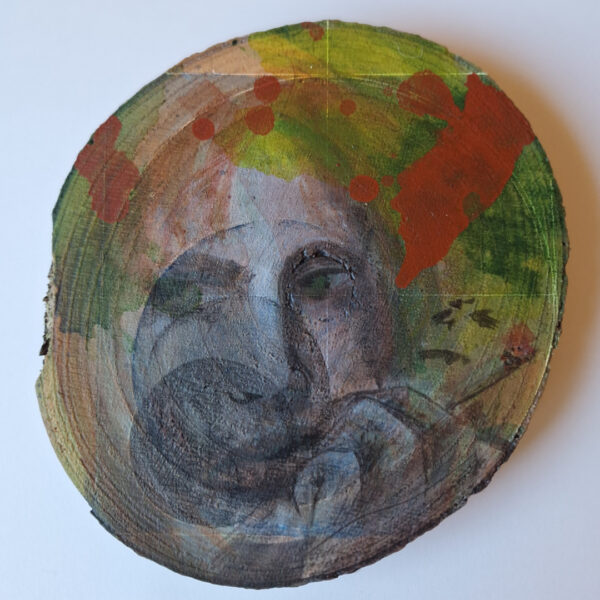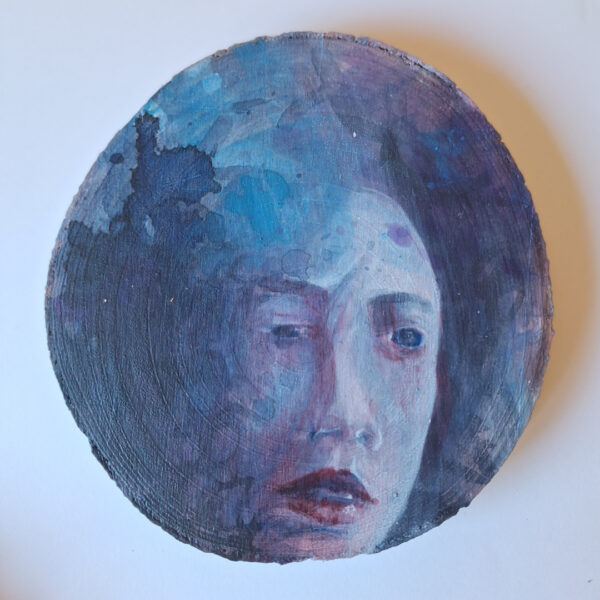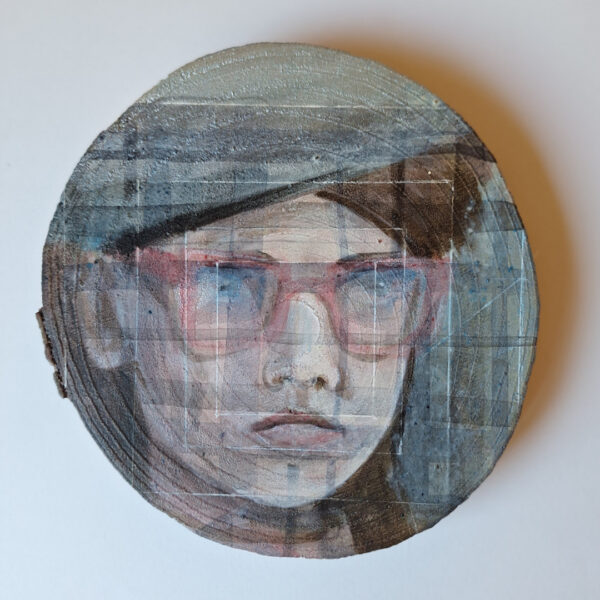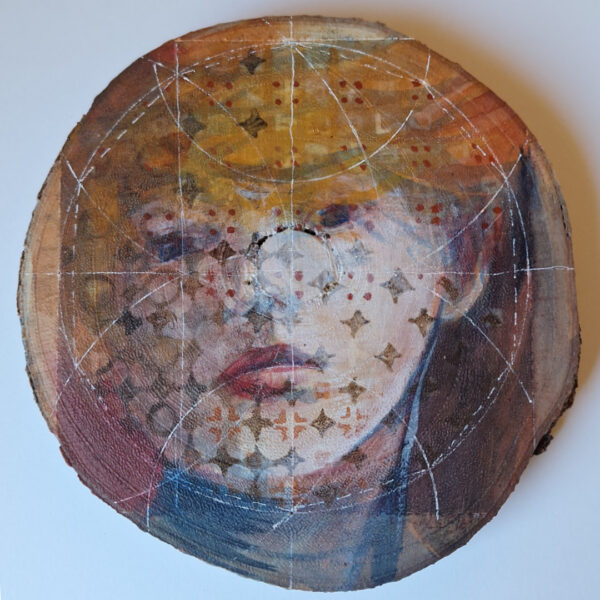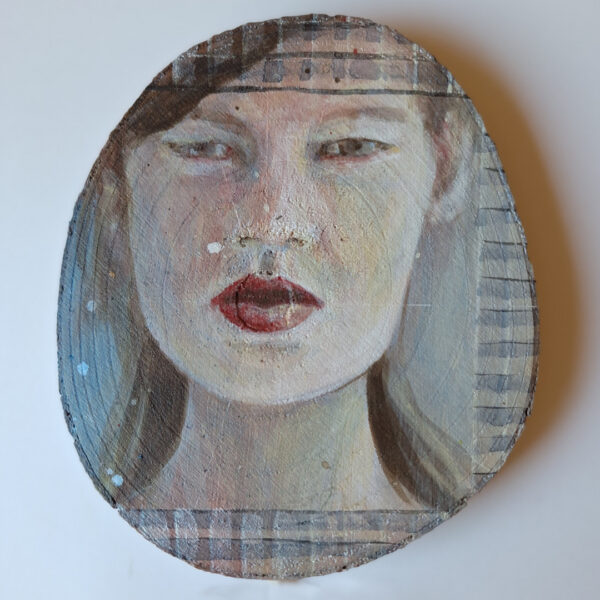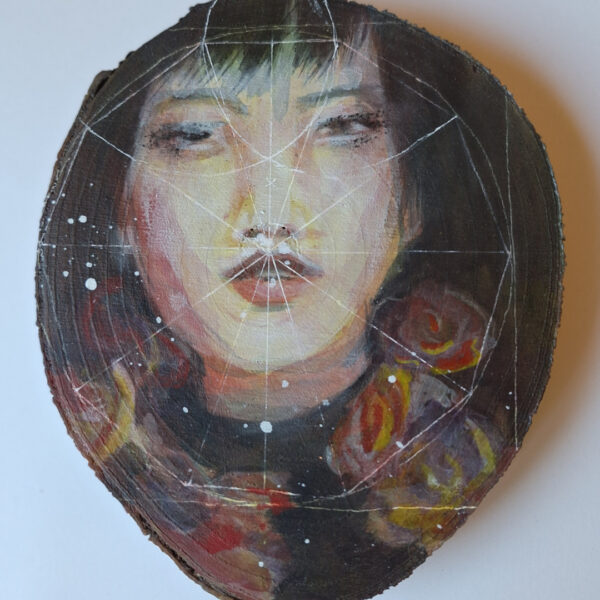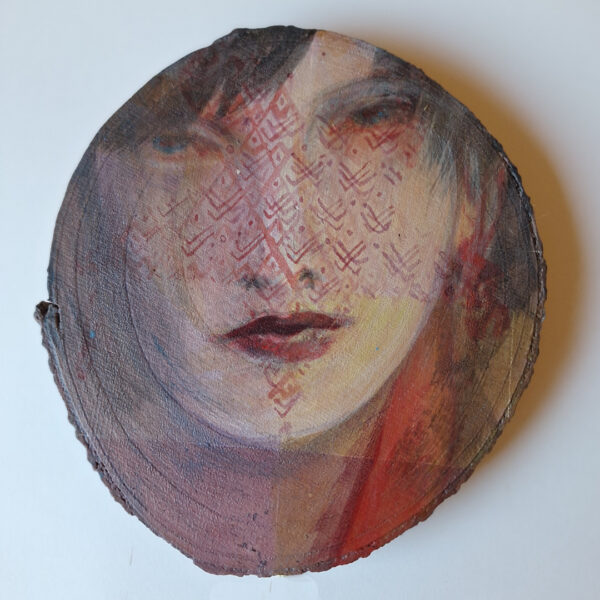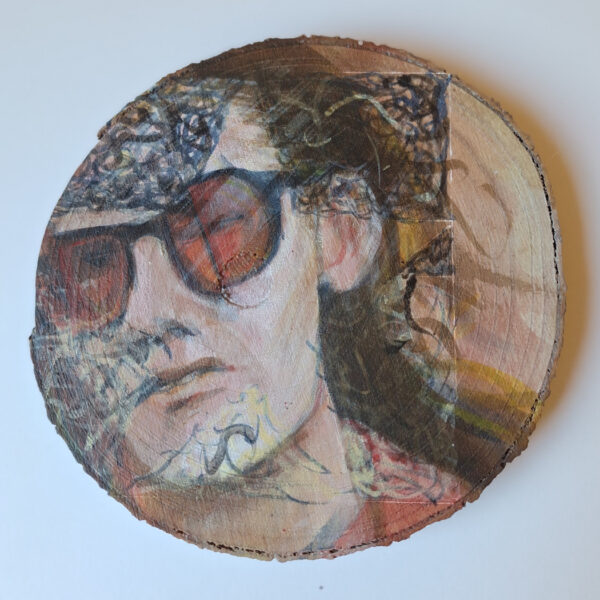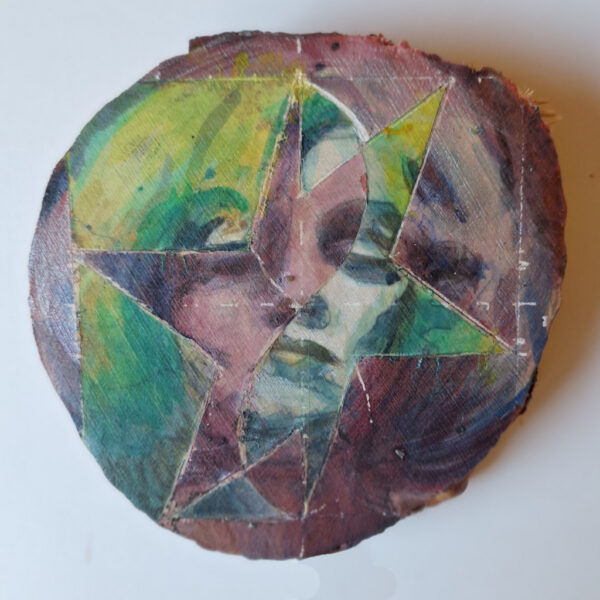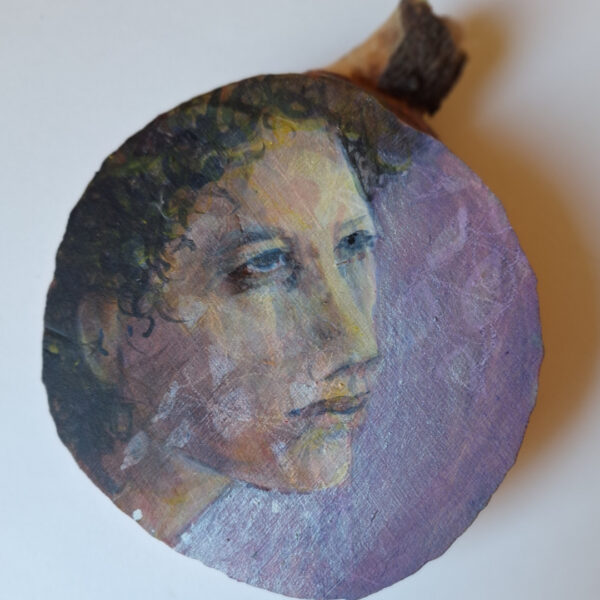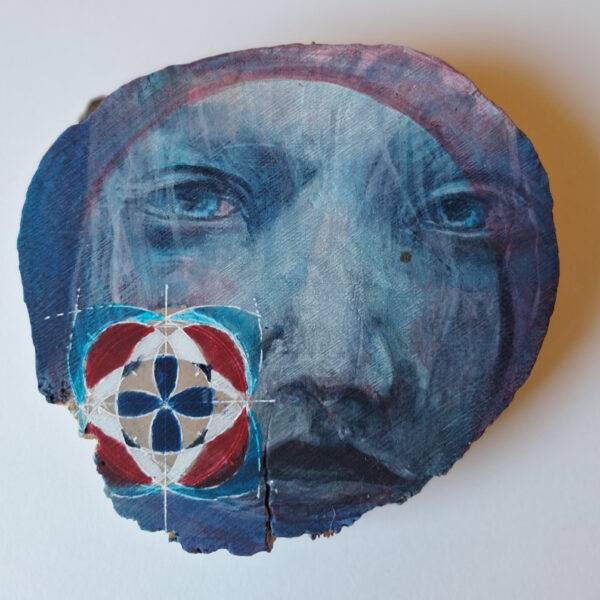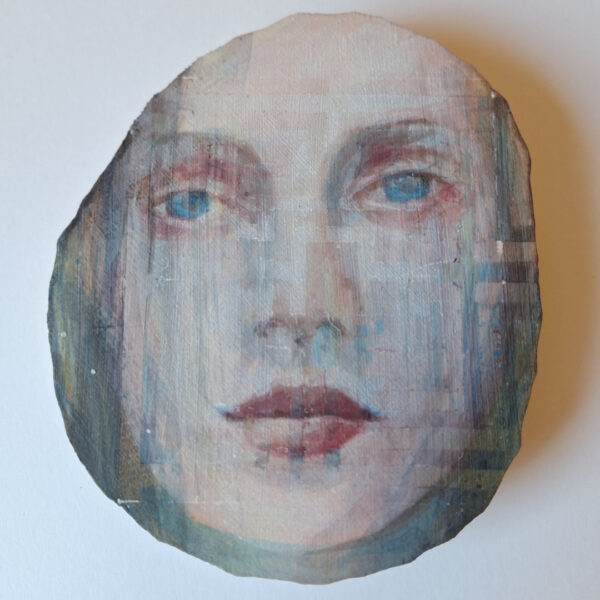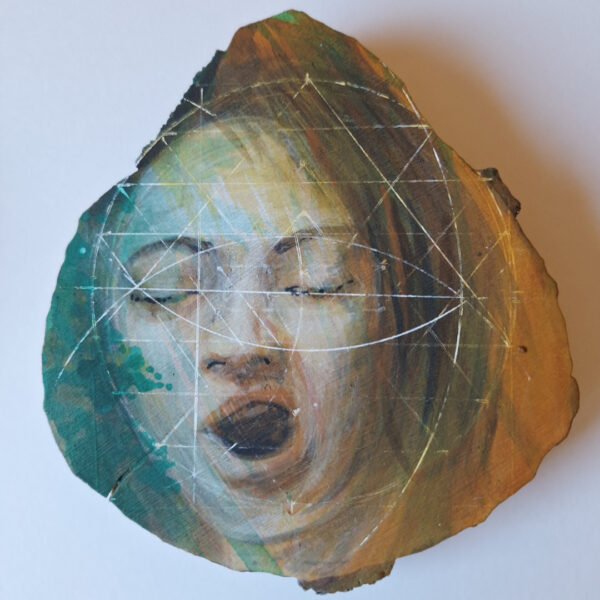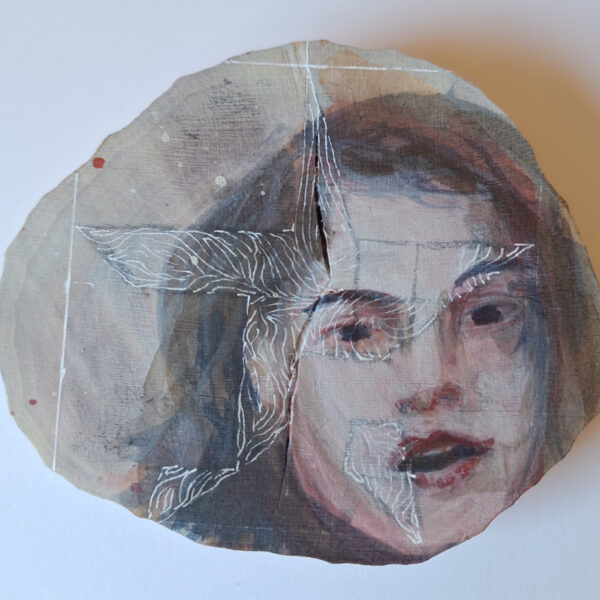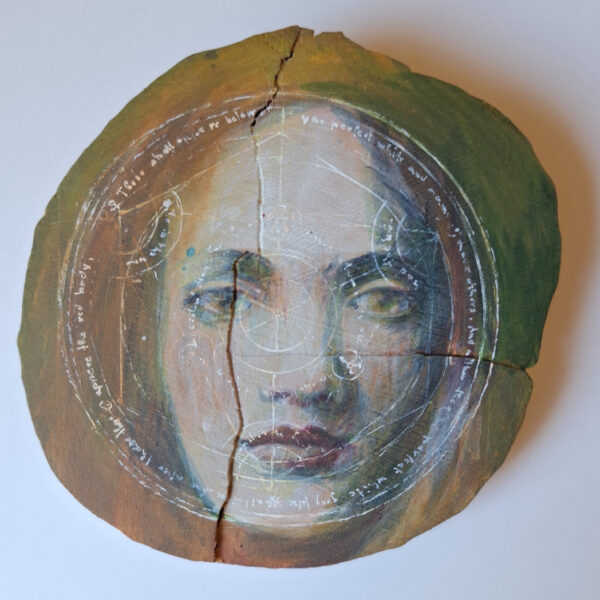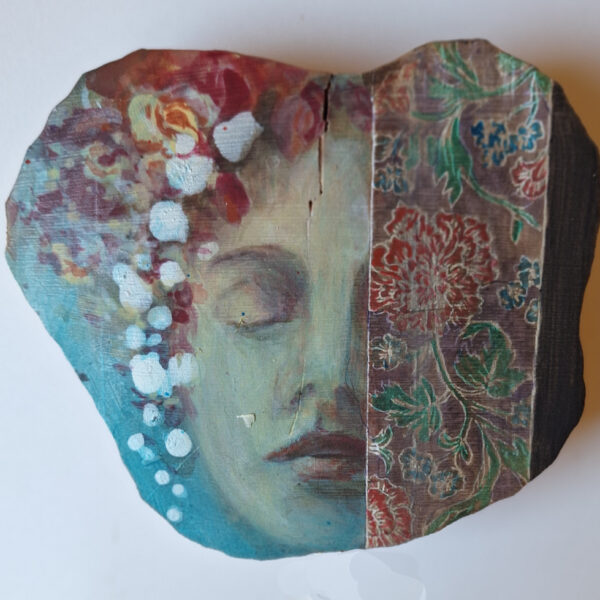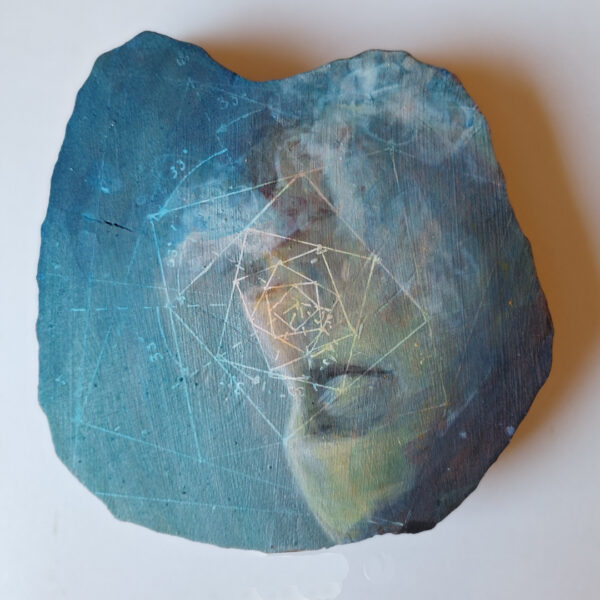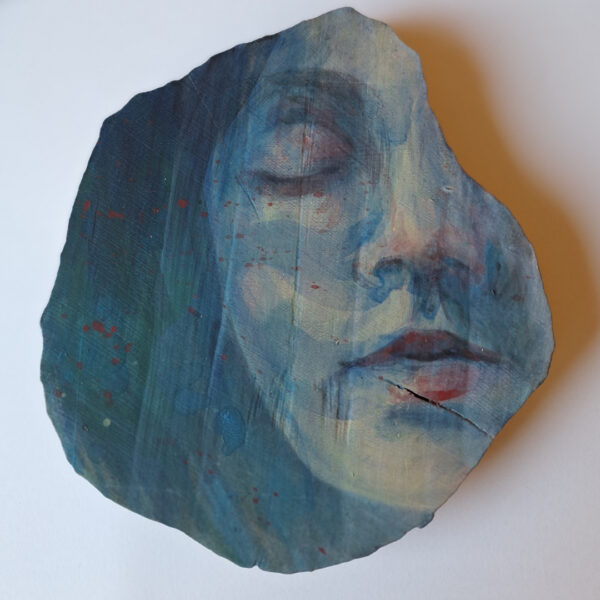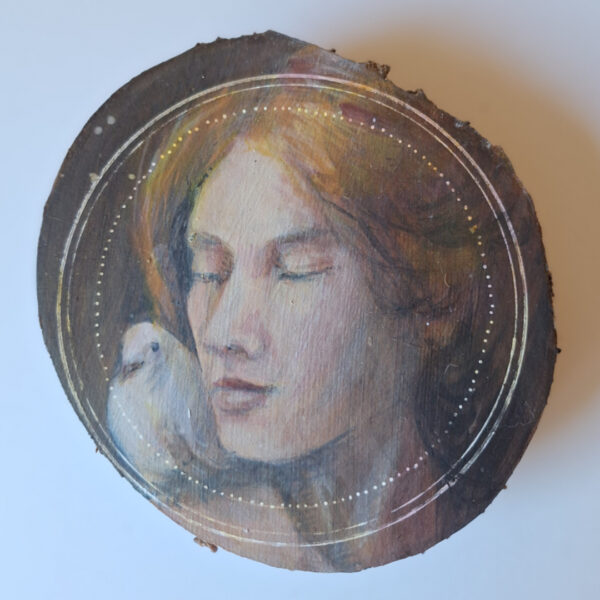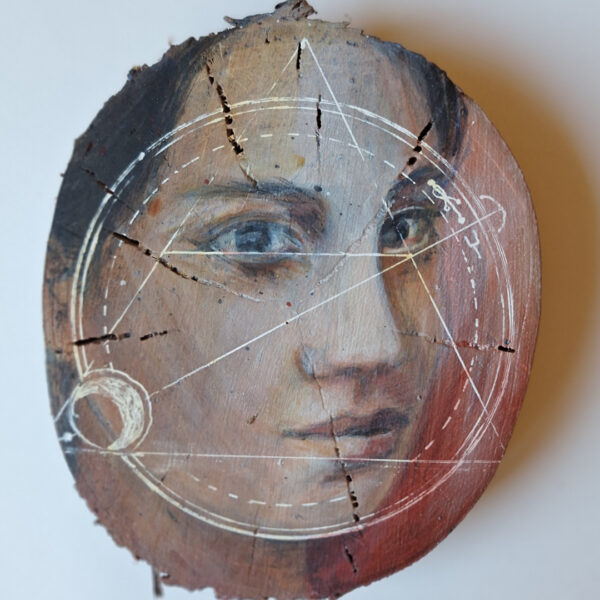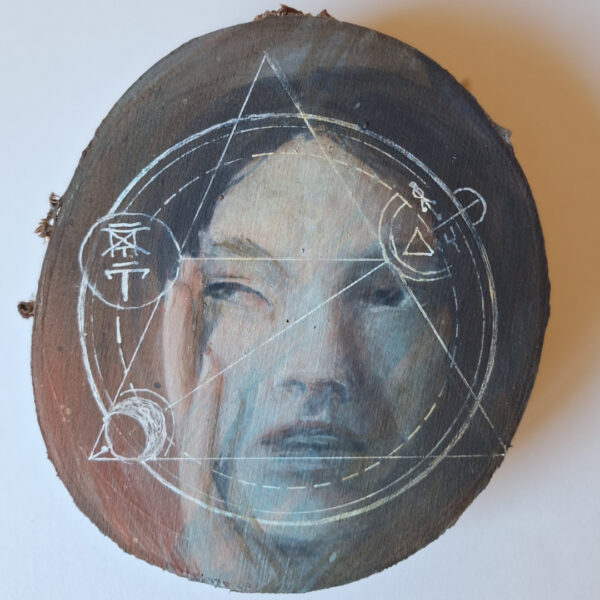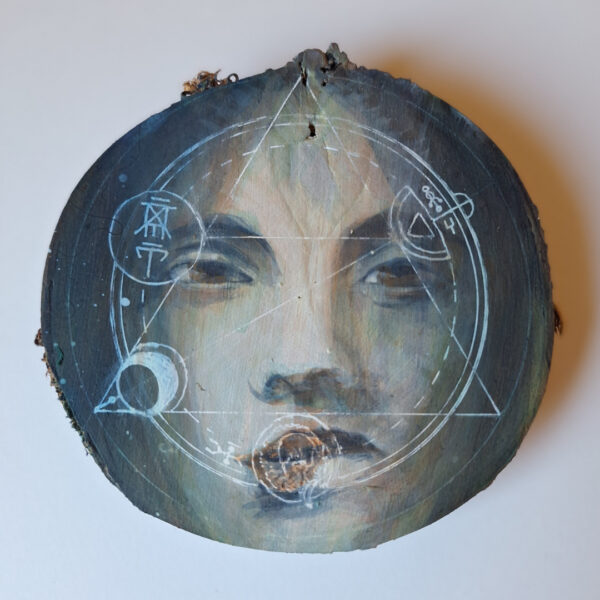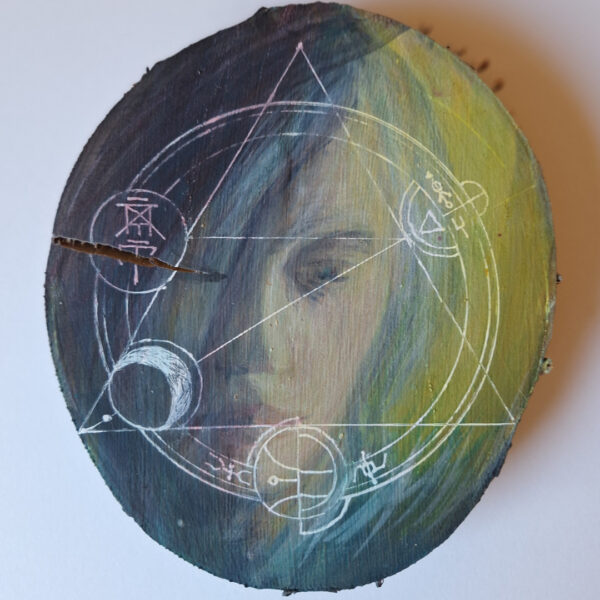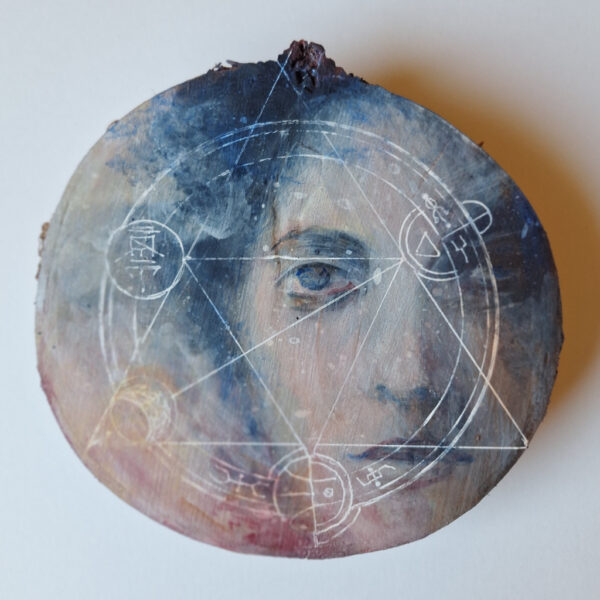The Visual Analysis of the Myth of Psyche and Eros through Hegel's Dialectic
The process of my work is a complex system in which I combine philosophy, old knowledge about the human psyche and perception of the world, modern science, and … to create a work of art that tells a story through elements of visual language.
Seria 1 Thesis, olive wood, cca. 11 - 22 cm
Seria 1 Antithesis, plum wood, cca. 13 - 18 cm
Seria 1 Sinthesis, birch wood, cca. 14 - 18 cm
Seria 2 Thesis, apple wood, cca. 15 - 21 cm
Seria 2 Antithesis, poplar wood, cca. 15 - 23 cm
Seria 2 Sinthesis, sandal wood, cca. 6 - 15 cm
Seria 3 Thesis, cherry wood, cca. 8 - 15 cm
Seria 3 Antithesis, popler wood, cca. 18 - 28 cm
In 2022, I attended Artist-in-residence at the Ionian Center for Art and Culture Metaxata in Greece. Within a month, I created 12 paintings named ‘Broken Firmament – Psyche and Eros ‘. As I painted/translated the myth about Psyche and Eros into a visual language, I realised it was not what I had initially thought. There was something profoundly amiss with the myth, so I named the project Broken Firmament — the sky above us is broken. In October 2023, I added 12 new pictures. I found myself in the midst of a personal drama and remembered my mother’s story—her silent rebellion against the societal position of women. Her struggles, like those of many women of her generation, trapped in a liminal space between tradition and emancipation, deeply resonated with me. In the end, she passed away prematurely, worn out by the demands of both worlds. The project took on a much broader significance than I had initially envisioned. I delved into the history and current state of the social position of women. Despite the illusion of progress, the reality remains unchanged. In the confines of the family, everything is still the same for most women. So many women tell me their stories now when they see paintings. And there are no nice ones.
To find answers, I chose to analyse the myth through Hegel’s dialectic. I decided it for its clarity and systematic nature, which aligns with the complex system of my painting. The project, therefore, is a dual exploration: on the one hand, a quest for identity and, on the other, a deep dive into the principles of visual language. By challenging the traditional narrative of the myth and reinterpreting it through my paintings, I aim to shift the perception of both painters and women, offering a fresh perspective that encourages dialogue and introspection.
